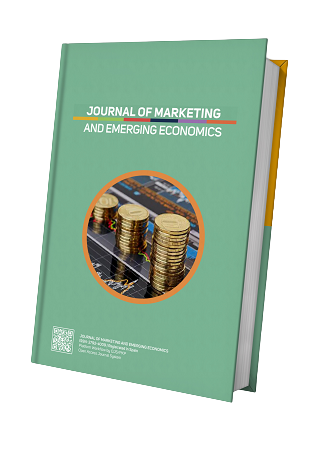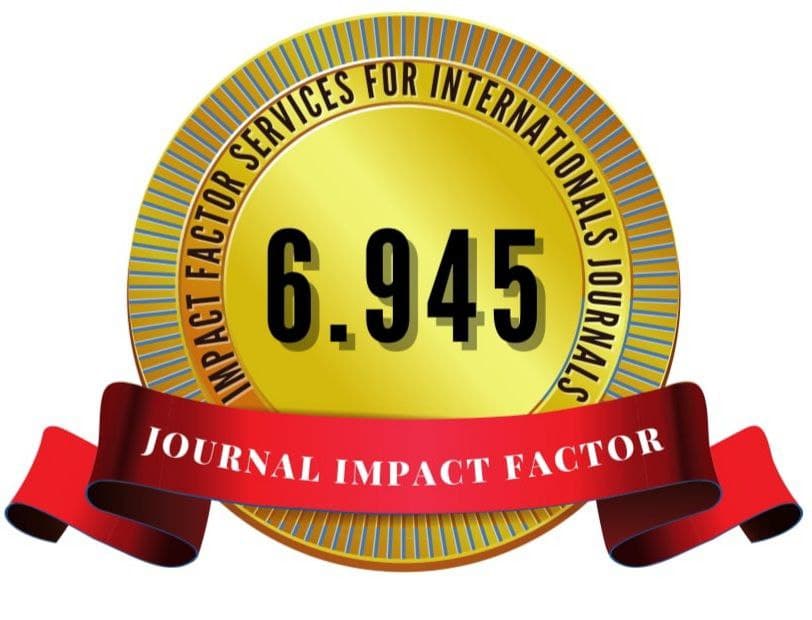Entrepreneurial Marketing Plan for a New Product
Abstract
This report is on marketing plan of a new product (Condensed Natural Gas) to be launched
by Drax group, an entrepreneurial and reputable company based in UK. The condensed natural gas
(CNG) is a power generating energy that is cost effective, with the best potential for curbing air
pollution, reduced emission, and cleaner than gasoline and diesel. The size and trend of the market
is estimated to reach $22.3 billion by 2030, growing at a CAGR of 8.2% from 2021 to 2030. The
industry players are accommodating across the globe, with only two famous companies (Royal
Dutch Shell and BP Plc) domiciled in UK. Hence threat to entry is low, and very attractive and
profitable. The PESTEL analysis and Porter’s five forces model indicated that the new product will
be sustainable and the firm has competitive advantage.
The SWOT analysis identified among other things, the strengths and firm’s capacity and
revenue to carry out successful marketing of the new product. Also the tax rebate and other
incentives provided by UK government will enhance sales and profitability of the new product,
taking into consideration, lack of technical staff and inflation. The new product is segmented
according to the end-users through behavioural criteria. The market coverage strategy for the target
market is based on undifferentiated marketing strategy. The market positioning underlines the new
product’s unique attributes with unique selling proposition which gives the firm a competitive edge
in the industry. The company’s marketing mix among other factors shall focus on achieving the right
product, with the right price and puts the product in the right place.
Marketing implementation of the new product for the first year of operation shall involve the
employment of twelve workers for a two shift work for the CNG station, with monthly emolument
of $463. The field survey revealed that more than 30,000,000 vehicles and other power consumption
appliances have been converted to CNG, which indicated high market demand. The company fixes
the price of the new product based on prevailing industry average per kg ($0.107). In order to meet
the high demand and sustainable performance, the company intends to negotiate for depot-based
refueling, anchor stations and granting of off-take permits to interested industrial and corporate
bodies. Return on Investment (ROI) is estimated to 67% and customer satisfaction score with 85%
favourable outcomes. The benchmarking and market share aid to determine the comparison between
the industry competition average and the expected market share of the company on the new product.
This revealed favourable outcomes for the company.
References
Al Badi, K.S. (2018). The impact of marketing mix on the competitive advantage of the SME sector in the Al Buraimi
Governorate in Oman. Sage Open, 1-10.
Avlonitis, G. I., & Indounas, K.A. (2005). Pricing objectives and pricing methods in the services sector. Journal of services
Marketing, 19, 47-57.
Camilleri, M.A. (2018). Market Segmentation, Targeting and Positioning in Travel Marketing, Tourism Economics and the airline
product. Switzerland springer.
Data Bridge Market Research (2023). Global compressed natural gas (CNG) market-industry trends and forecast to 2030.
Market Analysis study.
Davenport, T.H., & Harris, J.G (2007). Competing on analytics: The new science of winning. Harvard business press.
Fill, C., & Fill, K. (2005). Business-to-Business Marketing: Relationships, Systems and Communications Pearson Education
Limited.
Journal of Marketing and Emerging Economics 2024, 4, 177-187. https://www.openaccessjournals.eu/index.php/jmee
Istock (2019). Image Illustrations. https://www.istockphoto.com. Accessed: 10, June 2021.
Jurevicius, O. (2013a). PEST & PESTEL analysis. Strategic management insight. Cited
2.2015.http://www.strategicmanagementinsight.com/tools/pest-pestel-analysis.html
Jurevicius, O. (2013b). Porter's Five Forces. Strategic management insight. Cited 19.3.2015.
http://www.strategicmanagementinsight.com/tools/porters-five-forces.html
Kotler, P. (2011). Phillip Kotler, S. contributions to marketing theory and practice. In Naresh K. Malhotra (Ed). Review
of marketing research, 87-120.
Kotler, P., & Armstrong, G. (2012). Marketing: An introduction (11th ed., 29-42) Prentice Hall.
Kotler, P., & Keller, D. (2012). Marketing management. Pearson International Education.
Kotler, P., & Keller, K. (2011). Marketing management, 14th edition Pearson International Edition.
Mathieu, V. (2001). Product services: From a service supporting the product to a service supporting the client. Journal of
Business & Industrial Marketing, 16, 39-61.
Maulana, I., Naili, F., & Sari, L. (2022). Marketing strategy, competitive advantage and marketing performance, study
of small medium – size enterprises at Ancol. Journal of Applied Business, Taxation and Economic Research, 1(3),
-301.
Michel, D., Naude, P., Salle, R. & Valla, J-P. (2003). Business-to-Business Marketing. 3rd edition. Houndmills, Hampshire:
Palgrave Macmillan.
Ndwakhulu, G. C. (2021). Strategic analysis, tools and techniques. Master of business Administration (STA4538-VI-26008).
Ojasalo, J., & Ojasalo, K. (2010). B-to-B-palvelujen markkinointi. Helsinki: WSOYpro Oy.
Oshilalu, A., & Amaugo, A. (2020). Research Journal of Business and Economic Management. https://integrityresjourals.org.
Accessed: 05 June 2021.
Professional Academy (2015a). Marketing theories - Marketing mix - From 4 P's to 7 P's. Cited 29.4.2015.
http://www.professionalacademy.com/blogs-and-advice/marketing-theories—the-marketing-mix—from-4-
p-s-to-7-p-s
Professional Academy (2015b). Marketing theories - PESTEL analysis. Cited 25.2.2015.
http://www.professionalacademy.com/news/marketing-theories-pestel-analysis
Sidhanta, S., & Chakrabarty, A. (2010). Promotional mix and corporate performance – an empirical study. paradigm, 14,
-102.
Singh, P.K. (2012). Marketing mix of 4p’s for competitive advantage. Journal of Business and Management. 3(6), 40-45.
Tom Sivallow, (2023). UK Energy Providers
Wakdikar, S. (2002). Compressed natural gas: A problem or a solution? Current Science, 82(1), 25-29.
Wikipedia (2015). Hakukoneoptimointi. Cited 4.5.2015. http://fi.wikipedia.org/wiki/Hakukoneoptimoint
Published
How to Cite
Issue
Section
License
Copyright (c) 2024 Emma Ogbonda Wosu, Yebimodel Esther George, Sompri Abel Joel, Boma Abey- Kalio

This work is licensed under a Creative Commons Attribution 4.0 International License.





